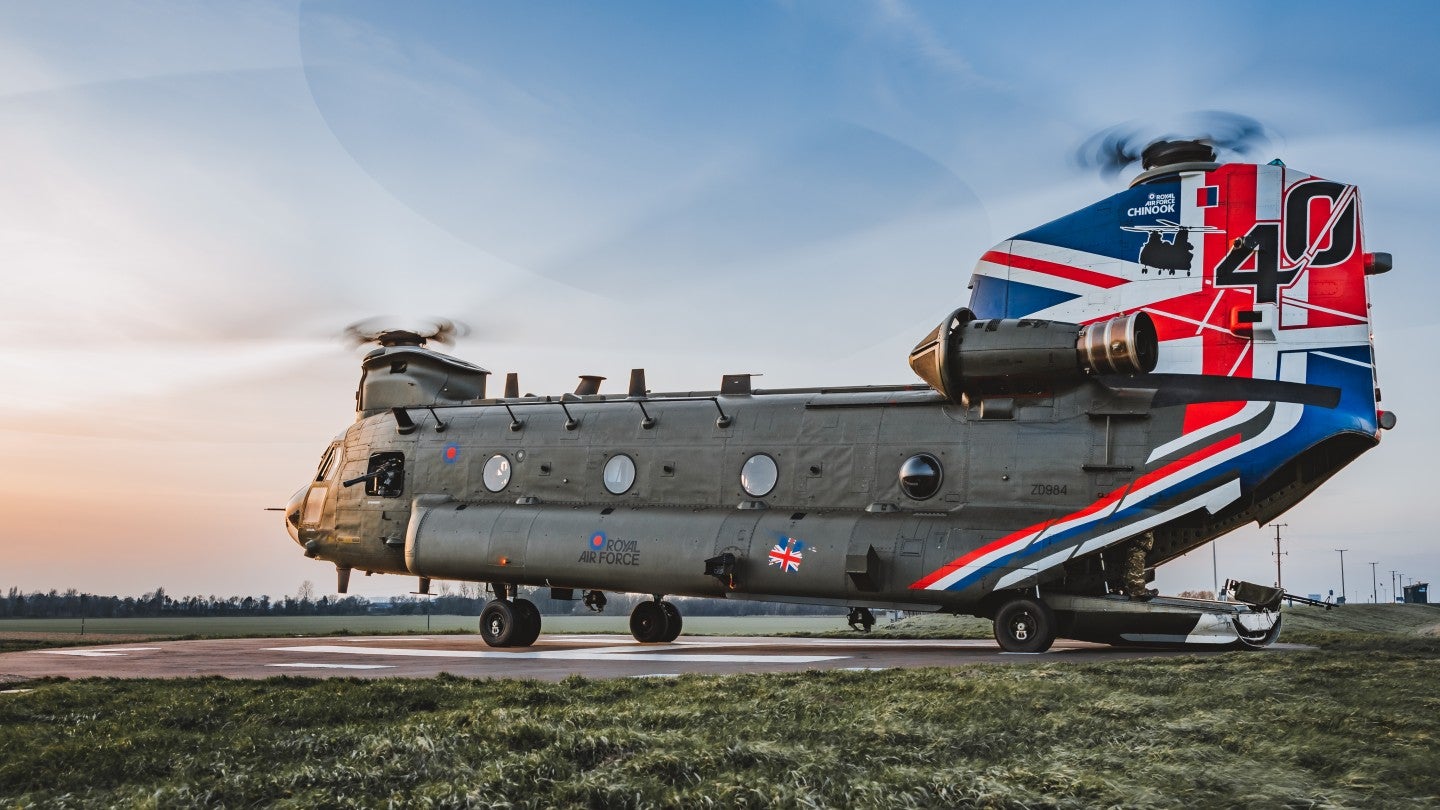
The UK Royal Air Force’s (RAF) Chinook helicopters have carried out a series of airborne gunnery training exercises.
The exercises are being performed from a training range in Lincolnshire.
As part of this activity, the deployed RAF Odiham, Hampshire-based Chinooks were required to test fire single M60D general purpose machine guns, as well as twin M134 miniguns against a variety of purpose-built targets and beached platforms or vessels during the day.
The weapon systems operators flying aboard Chinook helicopters were responsible for the live-firing activities.
Through this training scenario, the operators trained and learned how to shoot down a moving target, which is a complex task and requires a high level of firing precision.
The operators occasionally need to undergo such training events to hone their skill sets and maintain readiness. Similar training efforts include threat response missions, for instance, ‘returning fire’ as the helicopter takes off and lands.
How well do you really know your competitors?
Access the most comprehensive Company Profiles on the market, powered by GlobalData. Save hours of research. Gain competitive edge.

Thank you!
Your download email will arrive shortly
Not ready to buy yet? Download a free sample
We are confident about the unique quality of our Company Profiles. However, we want you to make the most beneficial decision for your business, so we offer a free sample that you can download by submitting the below form
By GlobalDataFollowing this live-fire training, the RAF Chinooks refuelled and replenished their ammunition at RAF Coningsby to perform the same manoeuvres during the night-time, with the help of night vision goggles.
The night firing mission also had its own specific set of complexities. The mission was conducted 200ft above sea level in poor visibility conditions, making it difficult for the crew to see and estimate the height and altitude of the references outside the helicopter.
All air-to-ground precision firing operations require the aircrew to work closely as a team.
According to the RAF, pilots are responsible for ensuring that the aircraft is positioned accurately during such missions and is stable to support the guns while the red tracer rounds help in maintaining visibility at night by leaving long trails in the sky.







